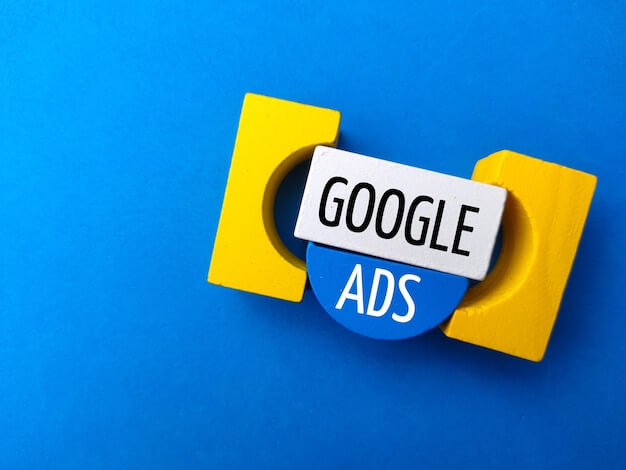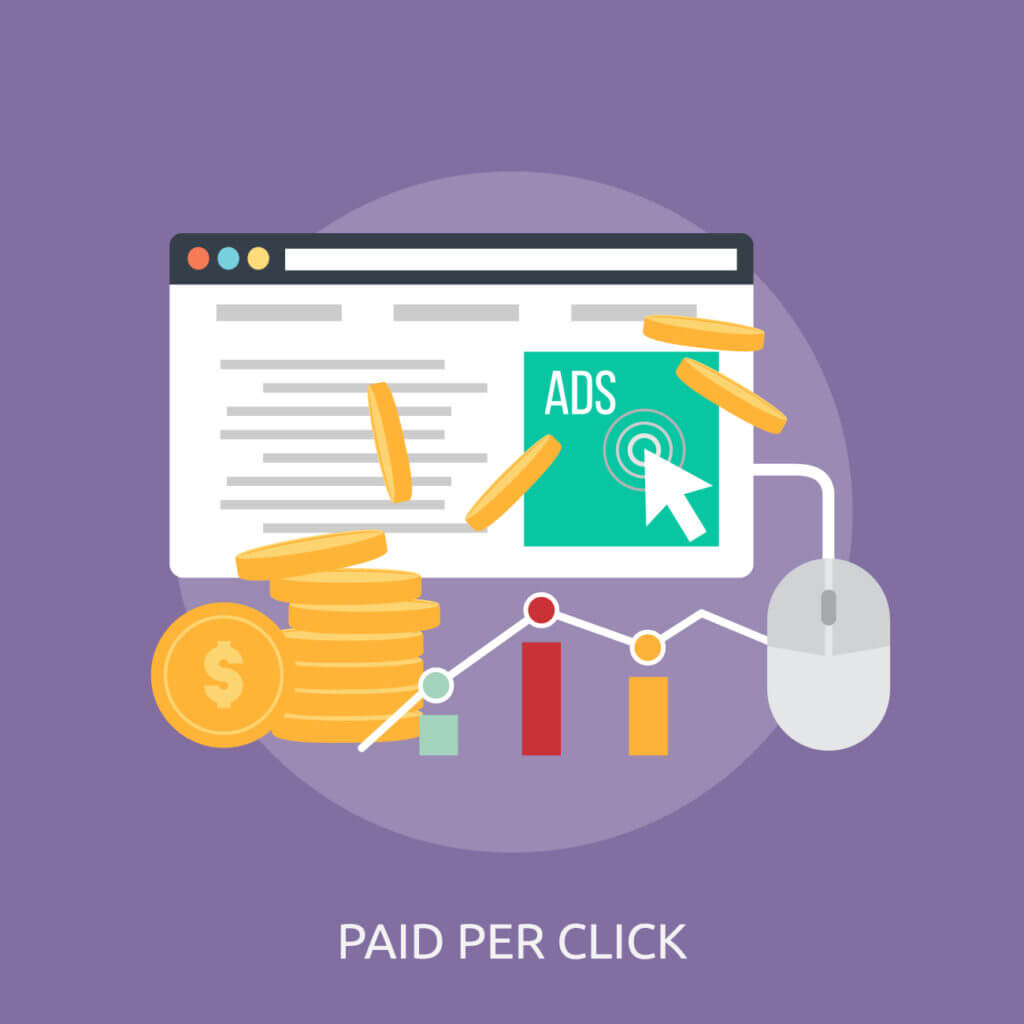In the ever-evolving world of online marketing, search engine marketing (SEM) has emerged as a vital strategy for businesses to boost their online visibility and drive targeted traffic to their websites. Two key components of SEM are Search Engine Optimization (SEO) and Pay-Per-Click (PPC) advertising. Mastering the best practices for SEO and PPC is essential for businesses aiming to stay ahead of the competition and maximize their online success. In this article, we will delve into the world of search engine marketing and explore the strategies and techniques that can help you achieve optimal results in SEO and PPC campaigns.

Why is Search Engine Marketing Important?
Before diving into the best practices, let’s understand why search engine marketing is crucial for businesses in today’s digital landscape. With millions of websites competing for attention, being visible in search engine results pages (SERPs) is vital for attracting potential customers. SEM enables businesses to enhance their online presence, reach their target audience effectively, and increase brand awareness. By employing SEO and PPC techniques, businesses can drive qualified traffic to their websites and improve conversion rates, ultimately leading to higher revenue and business growth.
Mastering Search Engine Marketing: Best Practices for SEO and PPC
Understanding Search Engine Optimization (SEO)
SEO is the process of optimizing your website to rank higher in organic search results. By following these best practices, you can improve your website’s visibility and organic traffic.
Conducting Keyword Research
Keyword research is the foundation of any successful SEO campaign. Start by identifying relevant keywords and phrases that your target audience is likely to use when searching for products or services similar to what you offer. Tools like Google Keyword Planner and SEMrush can assist you in finding valuable keywords with high search volume and low competition.
On-Page Optimization
Optimizing your website’s on-page elements is crucial for search engine visibility. Focus on the following aspects:
Title Tags: Craft unique and compelling title tags for each page, incorporating relevant keywords.
Meta Descriptions: Write persuasive meta descriptions that accurately summarize the content and encourage users to click.
Headers: Use H1, H2, and H3 tags to structure your content and include keywords naturally.
URL Structure: Create user-friendly URLs that are concise and contain relevant keywords.
Keyword Placement: Strategically place keywords throughout your content, including the first paragraph, subheadings, and meta tags.
Quality Content: Produce informative, engaging, and original content that satisfies user intent and provides value.
Building High-Quality Backlinks
Earning quality backlinks from reputable websites is a critical aspect of SEO. Focus on building relationships with authoritative websites in your industry and aim for natural link acquisition. Some effective methods include guest blogging, creating linkable assets, and reaching out to influencers or bloggers for collaborations.
Exploring Pay-Per-Click (PPC) Advertising
PPC advertising allows businesses to display ads in search engine results and pay only when users click on their ads. Here are some best practices for running successful PPC campaigns:
Setting Clear Goals
Before launching a PPC campaign, define your goals clearly. Whether it’s driving website traffic, increasing sales, or improving brand awareness, having specific goals will help you structure your campaign effectively.
Conducting Competitor Analysis
Perform a thorough analysis of your competitors’ PPC strategies. Identify the keywords they are targeting, the ad copy they are using, and the landing pages they are directing traffic to. This analysis will provide valuable insights and help you refine your own PPC campaign.
Crafting Compelling Ad Copy
Create compelling and concise ad copy that grabs attention and entices users to click. Use relevant keywords in your ad headlines and descriptions to increase the chances of attracting qualified clicks. Test different variations of ad copy to determine what resonates best with your target audience.
Optimizing Landing Pages
Ensure that your landing pages are optimized for conversions. Make sure the landing page aligns with the ad copy and provides relevant and valuable information to visitors. Incorporate clear call-to-action buttons, minimize load times, and make the landing page mobile-friendly for optimal user experience.
Read more: The Impact of AI on SEO
Frequently Asked Questions (FAQs)
Q: What is the difference between SEO and PPC?
A: SEO focuses on optimizing your website to rank higher in organic search results, while PPC involves running paid advertisements in search engine results.
Q: How long does it take to see results from SEO efforts?
A: SEO is a long-term strategy that requires patience. While some improvements can be seen within a few months, it generally takes 6 to 12 months to see significant results.
Q: Can I run PPC ads without a website?
A: Yes, you can direct PPC traffic to a landing page or a specific online platform, such as a social media profile or an app.
Q: Is it better to focus on SEO or PPC?
A: Both SEO and PPC have their advantages. SEO offers long-term organic visibility, while PPC provides immediate visibility and control over ad campaigns. A combination of both can yield the best results.
Q: Should I hire a professional for SEO and PPC?
A: Hiring an experienced professional can help you navigate the complexities of SEO and PPC, optimize your campaigns, and achieve better results.
Q: How can I measure the success of my SEO and PPC campaigns?
A: Utilize tools like Google Analytics and Google Ads to track key metrics such as organic traffic, click-through rates, conversion rates, and return on ad spend.

Conclusion
Mastering search engine marketing is an ongoing process that requires continuous learning and adaptation to stay ahead in the digital landscape. By implementing the best practices for SEO and PPC discussed in this article, you can enhance your online visibility, attract targeted traffic, and achieve your business goals effectively. Remember to stay updated with the latest trends and algorithm changes, as search engines constantly evolve. Embrace the power of search engine marketing, and watch your online success soar!

AI in Marketing
Facebook LinkedIn Twitter WhatsApp Email Telegram Introduction:In the 21st century it is obvious technology dictates progress in many areas of business operation and expansion, artificial

Mastering Time Management While Working Remotely
Facebook LinkedIn Twitter WhatsApp Email Telegram Working at home is often considered to be easy-going and less stressful than traditional work environments, but did you

How to Build Trust with Customers in the Competitive E-Commerce Industry
Facebook LinkedIn Twitter WhatsApp Email Telegram Building trust with customers in the competitive e-commerce industry is crucial for long-term success and customer loyalty. Here are

The Power of Social Media in Real Estate Marketing: Tips and Best Practices
Facebook LinkedIn Twitter WhatsApp Email Telegram Social media is a powerful tool for businesses to reach and engage with their target audience. In the real

The Importance of Google Brand Awareness: A Comprehensive Guide
Facebook LinkedIn Twitter WhatsApp Email Telegram In today’s digital age, brand awareness plays a crucial role in the success of any business. With millions of

The Connection Between Employee Satisfaction and Customer Service
Facebook LinkedIn Twitter WhatsApp Email Telegram In today’s competitive business landscape, companies are constantly seeking ways to enhance their customer service and gain a competitive
